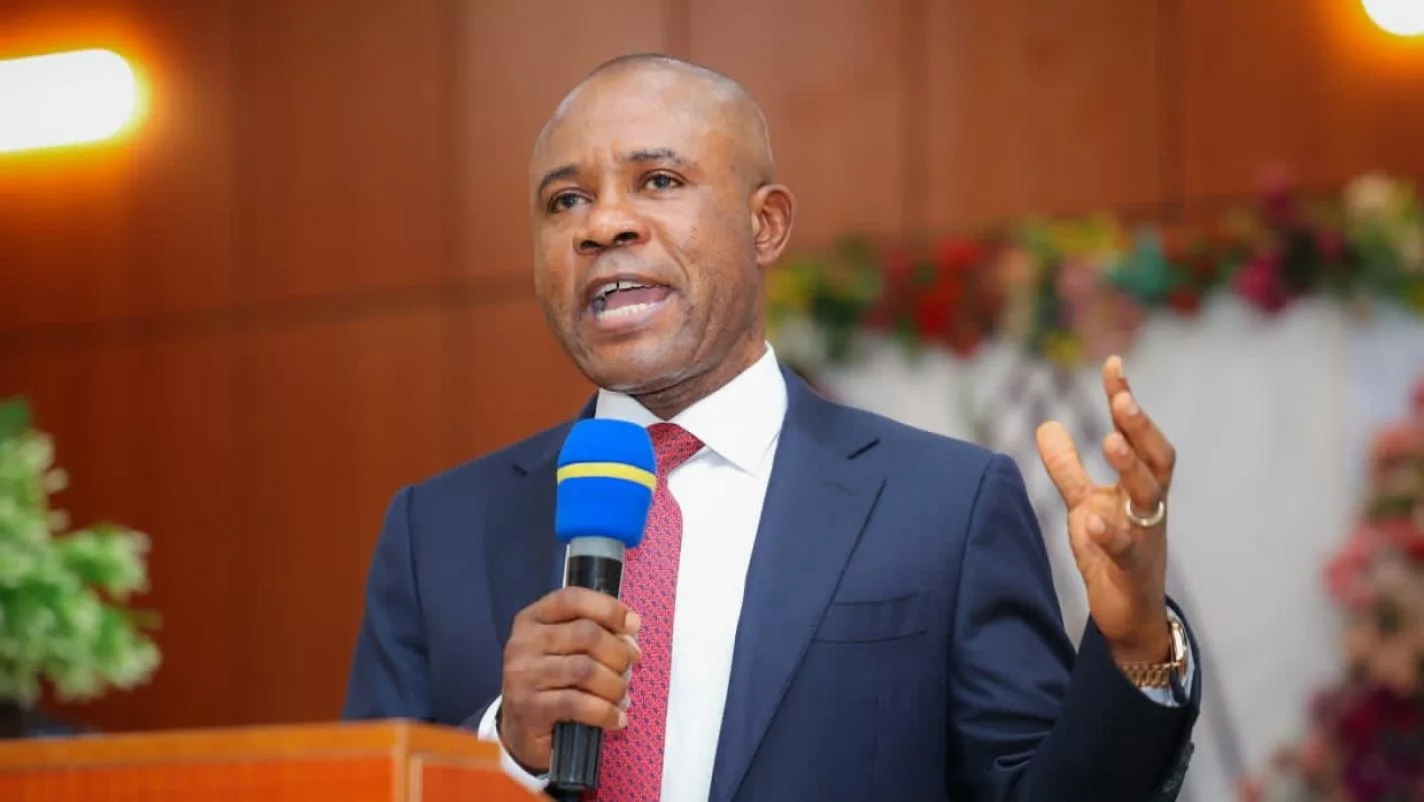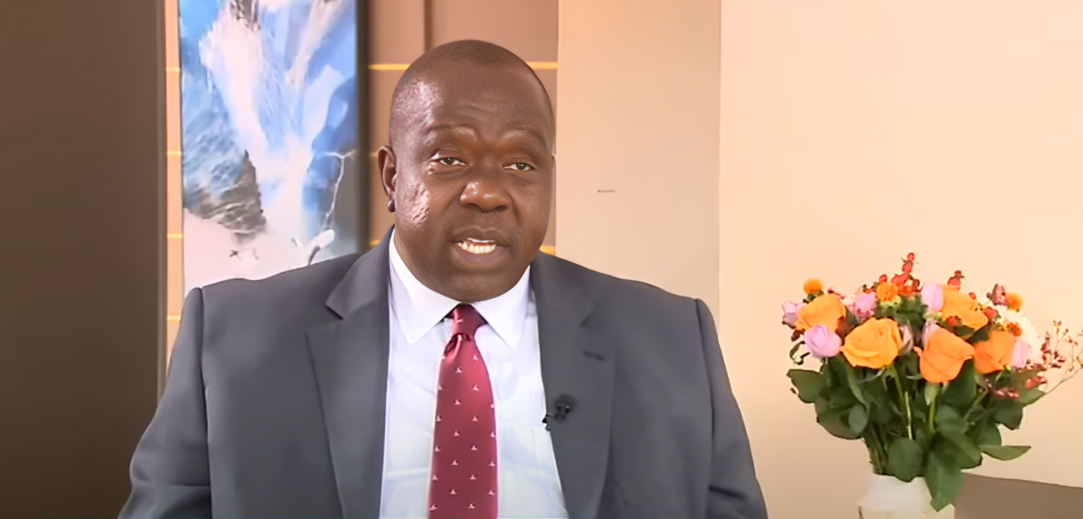Another week, another wave of crypto headlines—and this time, most of the momentum was on Bitcoin’s side. Over the last five days, we’ve seen a billion-dollar BTC treasury merger, new U.S. mortgage policy recognizing crypto assets, and more traditional companies quietly moving BTC onto their balance sheets.
Let’s break it all down.
This past week, Anthony Pompliano (you might know him as “Pomp”) announced that his firm ProCap is merging with a SPAC called Columbus Circle Capital I. Together, they’re launching a publicly traded company called with one goal: to hold and actively manage up to .
The twist? They’re not just buying and holding. They’ll use that BTC to generate yield—through lending, derivatives, and strategic financial products. Think of it as , but with a more active approach to revenue generation.
What’s even more interesting is the institutional backing. Big names like , and are already involved.
This signals something important: we're entering a phase where companies don’t just see Bitcoin as a long-term store of value. They’re beginning to treat it as a productive, income-generating treasury asset.
In a significant policy update, the (FHFA) directed U.S. mortgage giants and to consider on regulated U.S. exchanges as part of mortgage applicants’ reserve assets.
Before this, if you had $100,000 worth of Bitcoin, it basically didn’t count toward your home loan unless you sold it for cash. That’s no longer the case.
This is a big shift—especially for crypto-savvy first-time homebuyers. It’s another example of Bitcoin inching its way into traditional financial systems. Not only is BTC an investment or a hedge—it’s now starting to be recognized as part of someone’s financial profile in the mortgage world.
Over the weekend, several U.S. states—including , and —moved to impose tighter regulations on . Why? A major surge in scams, especially targeting older Americans.
In some cities like , Bitcoin ATMs are being banned entirely. Others are introducing licensing requirements, fraud warnings, and limits on daily withdrawals.
The numbers back up the concern: fraud losses from Bitcoin ATM scams have skyrocketed tenfold since 2020.
Still, the ATM business remains lucrative. Bitcoin Depot, one of the leading operators, reported 20% profit margins last quarter on over $33 million in revenue. But if public perception continues to sour, the golden age of crypto kiosks may be ending.
Price-wise, Bitcoin had a relatively stable week. It bounced between , briefly testing the upper range but failing to break through $110K.
Traders are watching a few levels closely:
On-chain data shows a minor imbalance: long-term holders and miners are selling more BTC than new demand can absorb right now. But the broader mood remains cautiously optimistic—especially with improving macro conditions and a weaker dollar helping risk-on assets.
This week, the reported that a growing number of are following MicroStrategy’s lead and adding Bitcoin to their treasuries.
Nine different firms—from a web design agency to mining companies—have either disclosed BTC purchases or announced plans to do so. The standout example: , which saw its market cap jump from £4 million to over £1 billion after its Bitcoin pivot.
This move is part of a broader shift. The U.K. has been talking about becoming a global crypto hub, and now its public companies are beginning to back that ambition with action.
There’s been a surge in crypto lobbying in Washington lately. Over has been spent trying to influence regulation this year alone.
Two major pieces of legislation are being debated:
The debate now is whether to pass both bills together or fast-track the stablecoin one first. Meanwhile, the SEC has threatened to move unilaterally if Congress doesn’t act soon.
The stakes are high. The clearer the rules, the faster big money can move in.
El Salvador added another this month, taking its total holdings to over . It’s a quiet but steady accumulation strategy that’s now been running for over three years.
But the real surprise is . Prime Minister Shehbaz Sharif recently launched the country's first through a new crypto council led by Bilal Bin Saqib. Pakistan has also earmarked 2,000 MW of surplus electricity for BTC mining.
These moves show Bitcoin isn’t just a Western game anymore. More governments—especially those with inflation problems or underbanked populations—are exploring how to incorporate BTC into national reserves.
The U.S. has been stockpiling seized BTC for years. But earlier this year, former President Trump signed an order to formally consolidate these holdings into a . The total amount is unclear but estimated around 200,000 BTC.
On top of that, states like and are starting their own state-level reserves. Texas signed SB21 into law last week, committing part of its energy surplus to BTC mining and storage.
It’s a strong signal that Bitcoin is being taken seriously at both federal and state levels—not just as an asset, but as strategic infrastructure.
Some analysts, including those from Foresight Ventures, are predicting Bitcoin could hit $150,000 in this cycle—especially if the U.S. passes clear crypto regulation and stablecoin frameworks.
Others are more cautious but still bullish. Motley Fool recently named BTC as one of the strongest assets heading into H2 2025, given its year-to-date gains and improving sentiment.
The key driver remains institutional confidence. If more corporate treasuries and government entities start buying BTC, we could see another explosive leg higher.
This was a big week for Bitcoin. Not because of price action, but because of legitimacy.
We saw:
The price might be consolidating, but the foundation being built is stronger than ever.
If you're a long-term believer, the thesis is playing out. Slowly, but undeniably.








